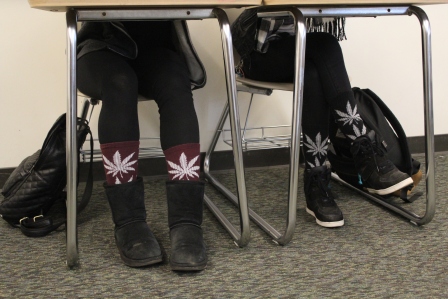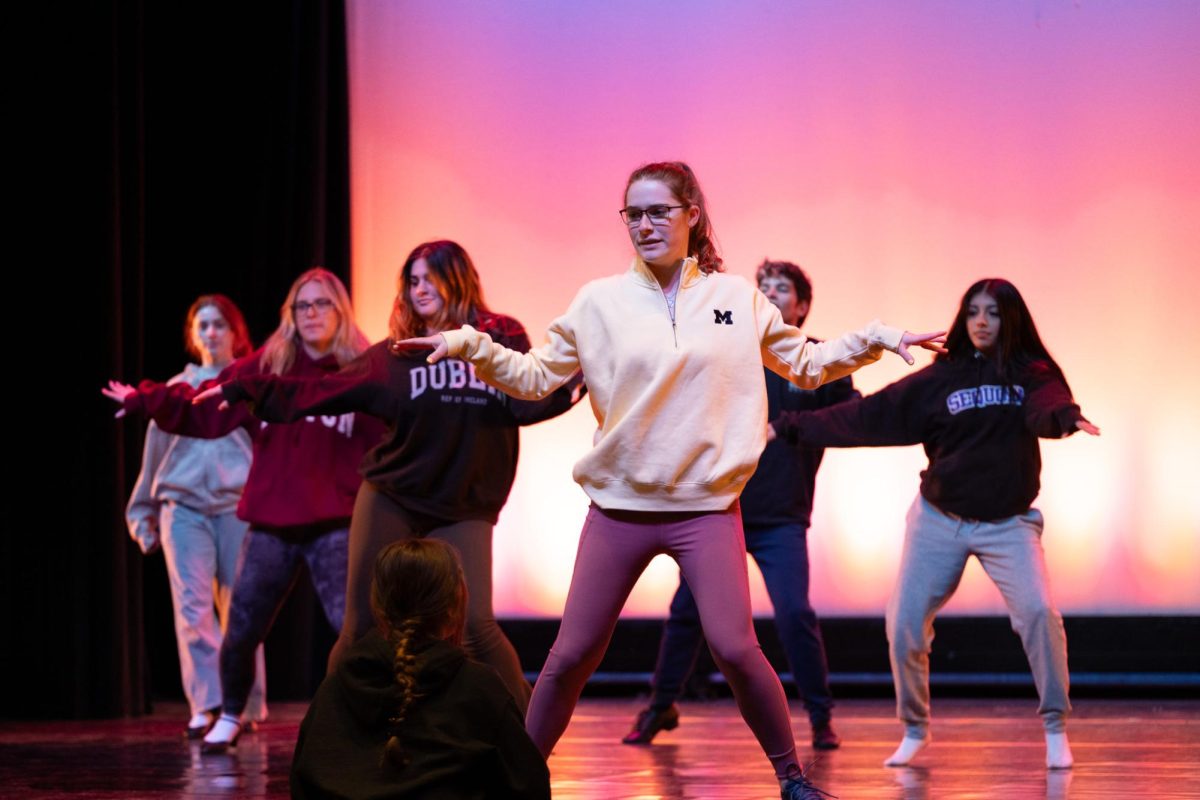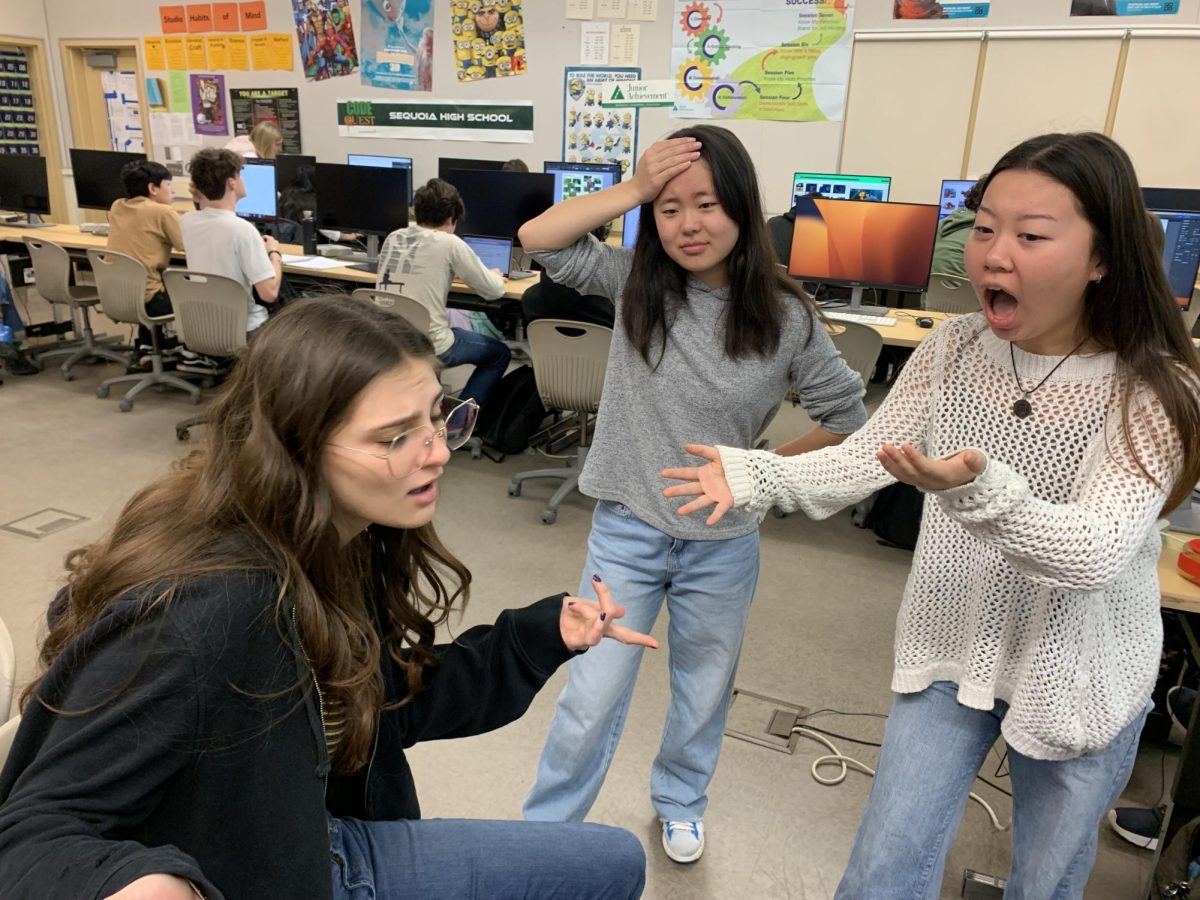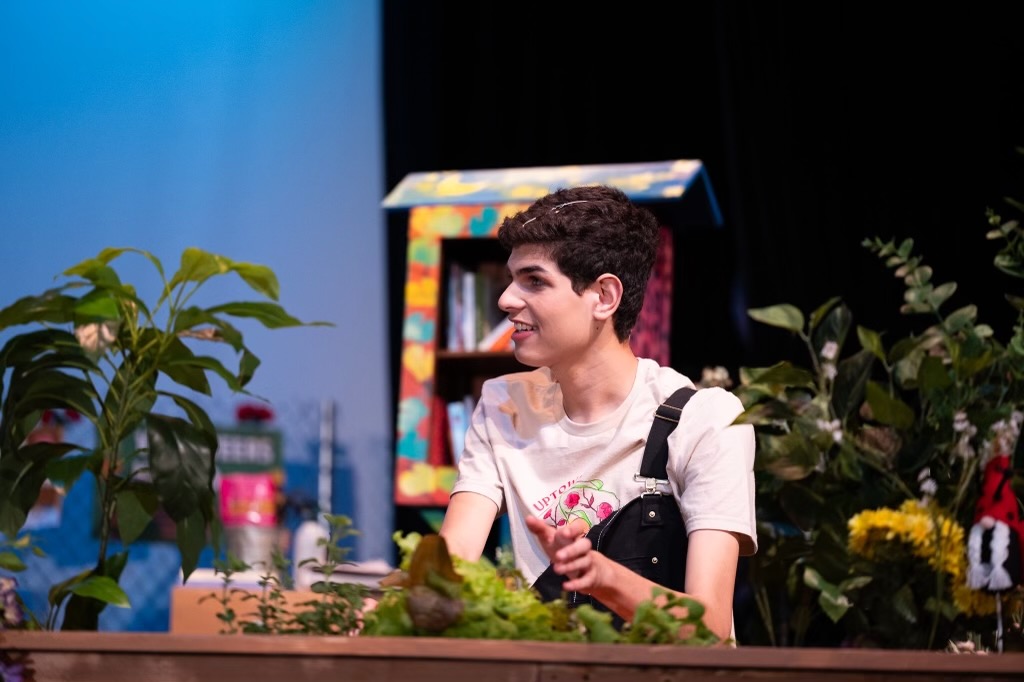The blunt truth: even overachievers smoke

Despite school and state laws, teenage smoker culture survives under the table.
November 13, 2015
Inhale, exhale, close your reddening eyes and feel the world spin. You look down at your hands and the world is moving in frame-by frame snapshots. Twenty minutes pass and you look at a clock and it’s only been five. You doze off in a warm, sleepy haze, right next to the half-finished chow mein you ordered to fulfill munchies cravings.
Tomorrow, you take the IB history exam.
At Sequoia, the International Baccalaureate program seeks to produce students who can think globally, across cultural barriers and beyond the classroom. A subset of these open-minded, inquisitive students also habitually think outside California’s substance laws.
The blunt truth is, even among the best and brightest, some dabble in cannabis use. Because smoking weed is like fight club‒no one talks openly about it‒I sat down with a handful of these juniors and seniors to get a peek inside their kushy lifestyle.
Names and details have been changed to protect the dabblers.
Meet Jay, a junior who spends two hours a day, six days a week, at sports practice. Five of those days, he’s also in IB classes, being an efficient and organized student. Precisely every Friday night, Saturday night, and Sunday morning, he says he does “massive bong rips in this place called the ganja grove.” Every Monday night, he uses a vaporizer to get his fix before bed.
“Smoking is chill, part of my routine,” Jay said. “You have to know what your schedule is, and plan ahead. It forces me to be responsible.”
According to the National Institute on Drug Abuse, regularly using marijuana can tamper with short term memory, and impair judgement. Long term, it can correspond to trouble with higher-order thinking, specifically problem-solving skills. Physically, it can also result in breathing problems.
Jay would beg to differ.
“It depends how much I smoke, but I’m usually even able to do homework. If I go ham, I’ll be spacey for a while, but I make sure it doesn’t overlap with practice or classes. Weed only affects your life negatively if you’re an idiot with it,” Jay said.
Mary, a junior who’s in five IB classes, is another athlete who smokes weed or eats it in brownie form, every day of the week. Arguably the most diehard stoner I talked to, you’d never guess it from looking at her extracurriculars and course load.
“If I’m constantly stressed to the point where I can’t get anything done, it helps me take a time out,” Mary said. “It takes away a lot of anxiety and stress, and lets me have a good time and relax when I have a lot of stuff looming.”
She explained that when rigorous IB projects demand her full attention, she’s completely able to back off from her habits. She always hits the books before she hits the bong.
Teachers, the first witnesses when drug side effects leak into the classroom, take it more seriously. Kate Sheehan, who teaches photography, has some experience with students coming into class under the influence.
In the state of California, marijuana is a controlled substance only permitted for medical use by adults 18 and older. On campus, using or possessing controlled substances is a CA Education Code violation, and Sequoia staff is required report it to the administration. Repercussions can range from suspension to expulsion.
When Sheehan suspects a student is high, before reporting them, she takes them aside and tries to get to the bottom of why they’re using.
A common reason she hears is stress relief, which is particularly relevant to kids taking challenging higher level classes.
“The problem is that it’s a drug-induced stress relief, and I think that’s a really bad way to deal with it. I think that there are a lot of other stress relievers we can foster, like yoga and meditation,” Sheehan said.
Jessica Magallanes, who teaches biology and IB Environmental Systems and Societies, explained to me the effects that cannabis has on brain chemistry.
When marijuana is ingested, the chemical compound tetrahydrocannabinol (THC) is released into the brain. THC then causes dopamine, the brain’s natural ‘happy chemical,’ to flow freely, at more increased rates than it would under normal circumstances such as a sports victory, while eating good food, or in response to sexual stimulation.
These unnatural levels of dopamine are also what becomes addictive for about ten percent of regular smokers, according to the National Institute on Drug Abuse.
“While smoking marijuana is legal [for medical use], it is still is only legal for a certain age group, when you have a totally mature brain. If you are a student who is an adolescent and still developing, there’s a lot of fogginess that will be left over, even if you aren’t smoking before class,” Magallanes said.
In practice, results may vary. While some fear that adolescent pot use may hinder lifelong achievement, President Barack Obama has admitted that in his youth, he got high.
Among the youth of today, John, a senior and IB diploma contender has been smoking weekly since freshman year. He described the euphoric escape that it provides for him, and explained that it makes him feel more present.
“There’s such a stigma surrounding pot, and it’s unwarranted and unjust. A lot of it comes from the idea that you’ll become a couch potato when you start smoking. But I can hit a joint in the morning and still be studying in the evening,” John said.
Overall, he embodies a “Work Hard, Toke Hard” mentality. However, he acknowledges the dangers.
“You need to be careful with pot,” John said. “If you’re going to experiment, don’t be that guy who goes into the wrong environment high.”





